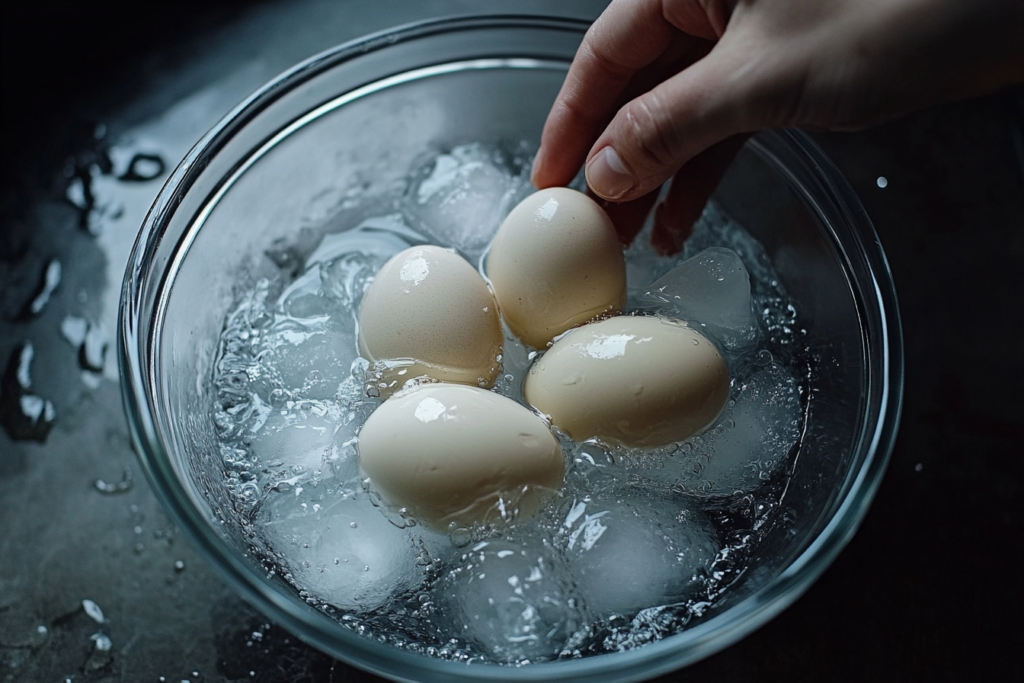You’ve probably boiled hundreds of eggs in your lifetime, but there’s one crucial mistake that keeps tripping up even experienced home cooks – starting with cold water. While it might seem logical to place your eggs in cold water and bring everything to a boil together, this common practice is actually working against you, especially when it comes to achieving easily peelable eggs.
Why starting with cold water ruins your eggs

When eggs start in cold water, the gradual temperature increase allows the egg whites to bond firmly to the inner membrane of the shell. This creates that frustrating situation where you end up picking off tiny pieces of shell, taking half the egg white with them. The result? Pockmarked, unsightly eggs that are unsuitable for deviled eggs or presentable dishes.
Starting with already-boiling water causes the proteins in the egg whites to quickly bundle together instead of bonding with the membrane. This scientific reaction is the key to eggs that practically slip out of their shells.
The perfect method for easy-peel eggs
Begin by bringing your pot of water to a rolling boil first. Then, using a spider strainer, gently lower your eggs into the water. Reduce the heat to maintain a gentle simmer – violent bubbling can cause the eggs to bounce around and crack.
Set your timer based on your preferred level of doneness: 6-7 minutes for jammy yolks perfect for ramen eggs, or 10-12 minutes for fully set yolks ideal for egg salad. What if you forgot to set a timer? A quick spin test can help – a raw egg will wobble, while a fully cooked egg will spin smoothly.
The ice bath is non-negotiable

While the eggs cook, prepare an ice bath using a large bowl filled with ice and cold water. The moment your timer goes off, transfer the eggs immediately to the ice bath. This rapid cooling serves two purposes: it prevents the gray-green ring from forming around the yolk and helps separate the egg from the shell membrane.
Leave the eggs in the ice bath for at least 15 minutes. Skip this step, and you’ll find yourself back in shell-peeling purgatory. A large mesh strainer makes transferring multiple eggs a breeze.
Additional tips for foolproof results

Add a teaspoon of baking soda to your boiling water – it raises the pH level and helps prevent the egg whites from sticking to the shell. Older eggs (1-2 weeks old) generally peel more easily than fresh ones, so plan ahead when possible.
When it’s time to peel, gently crack the shell all over by tapping it on a hard surface. Then, roll the egg under light pressure from your palm. Start peeling from the larger end, where there’s usually an air pocket. If you’re still struggling, peel under running water or in a bowl of water – it helps separate the shell from the egg.
Remember that even the best techniques can’t guarantee perfect results every time, but following these steps dramatically increases your success rate. Store your peeled eggs in an airtight container with a damp paper towel for up to a week. For meal prep convenience, keep them unpeeled – they’ll stay fresh longer, and you can peel them as needed.
